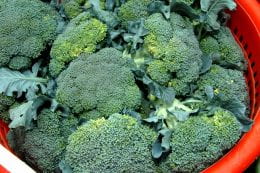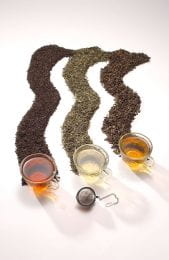The Academy of Nutrition and Dietetics has designated March as National Nutrition Month®. The theme this year is Eat Right Bite by Bite.
Each week, key messages are suggested to help encourage nutritious eating. The four weekly themes are:
- Vary your diet
- Meal planning
- Cook and prep
- Visit an RDN
A toolkit is available handouts, press releases, activities and more. Learn more at https://www.eatright.org/food/resources/national-nutrition-month.
This event focuses on making good food choices, develop sound eating habits, and encouraging physical activity.





